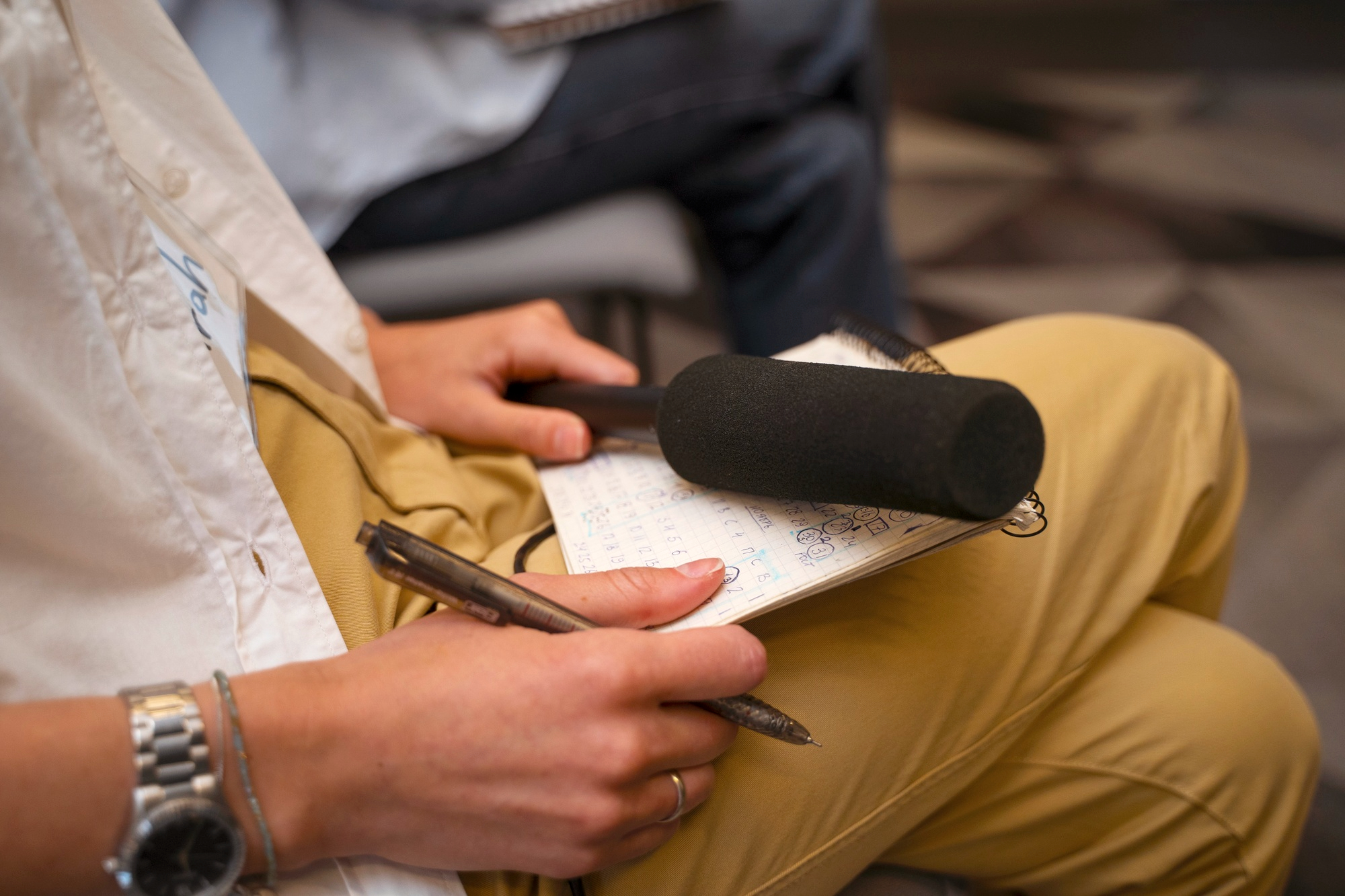The Market Readiness Assistance (MRA) Grant has long been the launchpad for small and medium enterprises (SMEs) in Singapore seeking real traction in a new overseas market. As the go-to financial assistance scheme for international expansion, the grant covers three essential categories: overseas market promotion, overseas business development, and overseas market setup. Applications and claims are managed through the Business Grant Portal (also called the business grants portal, the grants portal, or the grant portal). A competitive MRA grant application requires clear scopes, strong supporting documents, and strict alignment with policy rules, ensuring that a subsequent MRA grant claim passes audit requirements.
This article explores the future of MRA grants, how Enterprise Singapore might refine policies, and how SMEs can prepare strategies that remain competitive while avoiding pitfalls such as retrospective applications or missed compliance steps.
Understanding the MRA Grant, Market Readiness Assistance, and Other Business Grants
Currently, the MRA Grant provides financial assistance of up to 50% co-funding on a reimbursement basis. Each target overseas market has its own funding cap, with eligibility linked to SME status. To qualify, SMEs must show:
- Singapore incorporation
- At least 30% local equity ownership
- Thresholds for group annual turnover and headcount
- Compliance with any overseas sales limit rules
This market readiness assistance grant is structured around three categories of market entry activities:
- Overseas market promotion: to boost brand visibility and market presence through promotional campaigns, PR, content, marketing collateral creation, and participation in virtual trade fairs.
- Overseas business development: to establish partnerships and access opportunities, covering business development activities such as business matching services, outreach by business development personnel, and links with joint venture partners.
- Overseas market setup: to reduce friction in entry, including intellectual property applications, trade compliance assessment, and customs compliance.
This structure supports SMEs as they progress from feasibility studies into scaled projects, forming part of Singapore’s broader global expansion strategy. It also complements other business grants such as the Enterprise Development Grant (EDG) and the Productivity Solutions Grant (PSG), which support upstream capability building. Together, these schemes enable SMEs to move from pilots into full international expansion.
Applying Through the Business Grant Portal, Business Grants Portal, and Grant Portal
All MRA-related activities — from application to claims — must go through the Business Grant Portal. In practice, SMEs will also hear it called the business grants portal, the grants portal, or simply the grant portal. This is where they apply for approval, submit documentation, and eventually file an MRA grant claim. Consistency in terminology matters because reviewers at Enterprise Singapore expect clarity in every application.
How to Apply for an MRA Grant Application That Succeeds
A successful MRA grant application requires scopes that are easy to verify and KPIs that are measurable. For example: “Ten distributor meetings via business matching services with decision-makers” or “local PR campaign achieving a measurable share-of-voice target.” Applications that tie activities to outcomes and align with market readiness assistance guidelines will be more competitive.
Building a Strong Case for an MRA Grant Claim
An MRA grant claim must mirror the approved scope in the letter of offer. Claims must include contracts, invoices, deliverables, bank proofs, and outcome narratives. SMEs should also maintain a live claim folder to align with audit requirements and avoid reimbursement issues. Projects that begin before approval often become retrospective applications, which are not permitted.
By treating the Business Grant Portal as both the start and end of the journey, SMEs can ensure smooth processing and faster application processing time for both approval and reimbursement.
How to Submit a Strong MRA Grant Application and Build a Successful MRA Grant Claim
The MRA framework rewards SMEs that prepare early and stay compliant. Every MRA grant application should:
- Map activities clearly to overseas market promotion, overseas business development, or overseas market setup.
- Provide measurable outputs and KPIs such as distributor meetings, PR targets, or compliance certificates.
- Be backed by independent Singapore-based vendors.
For an MRA grant claim, SMEs should:
- Prepare from day one with invoices, contracts, and outcome records.
- Ensure documentation aligns with the approved budget and categories.
- Keep a narrative of achievements to demonstrate ROI to Enterprise Singapore reviewers.
Treating the claim process as part of the initial planning phase protects SMEs against future disputes and accelerates reimbursement.
Market Readiness Assistance in Action: From Overseas Promotion to Market Entry Activities
The three categories of market readiness assistance (MRA) grant — overseas market promotion, overseas business development, and overseas market setup — directly reflect what SMEs need during their first international moves.
- Overseas market promotion builds visibility through PR campaigns, content creation, and participation in virtual trade fairs. These promotional campaigns strengthen brand visibility and establish market presence.
- Overseas business development funds outreach, business development personnel, and business matching services to connect SMEs with distributors and potential joint venture partners.
- Overseas market setup reduces entry risk by supporting intellectual property applications, trade compliance assessment, and customs compliance.
These MRA grants are often combined with feasibility studies and pilots before scaling. For SMEs just beginning to apply for international projects, the MRA grant application process provides a first structured pathway into overseas markets.
Regional Opportunities for Market Diversification
The MRA grant continues to play a role in market diversification across Southeast Asia:
- Indonesia: A massive consumer market with rapid digital adoption. Compliance with HS codes, customs rules, and labelling laws is essential. Cipta Mata’s on-ground team provides local PR, marketing collateral creation, and market entry support to maintain momentum.
- Vietnam: A fast-growing market with strong manufacturing depth. SMEs can test products through pilots, distributor testing, and sector-specific fairs. Opportunities exist for both B2B solutions and international enterprise pilots.
- Malaysia and Thailand: Culturally aligned, lower-risk markets. These are ideal for SMEs making their first overseas push, particularly through focused overseas market promotion activities.
By positioning projects within the right category of the market readiness assistance grant, SMEs can target overseas markets in a way that balances ambition with discipline.
Enterprise Singapore Guidance: Signals, Audit Requirements, and Market Diversification
Business Climate Signals That Shape Policy
Several signals will influence the future of MRA grants:
- Digital-first exports: Applications that prove demand with measurable KPIs, analytics, and conversion tracking will continue to be rewarded.
- Sustainability and regulatory compliance: More emphasis will be placed on disclosures, ESG alignment, and regulatory compliance in supply chains.
- Regional reconfiguration: Free trade agreements and digital economy pacts open new opportunities for market presence across ASEAN.
Preparing for Tomorrow’s Requirements
Future MRA cycles are likely to tighten rules around governance, audit requirements, and application processing time. To prepare, SMEs should:
- Build claim-ready plans with scopes linked to KPIs
- Strengthen digital instrumentation with CRM hygiene and localised content
- Front-load compliance such as trade compliance assessment and customs approvals before large promotions
- Maintain a live claim folder with supporting documents tied to budgets
Why SMEs Must Use Independent Vendors and Avoid Retrospective Applications
Enterprise Singapore consistently emphasises independence of vendors. SMEs must use Singapore-based providers for MRA-funded work and avoid retrospective applications. These fundamentals are unlikely to change.
Future of the MRA Grant and the Role of the Business Grant Portal
The future of the MRA Grant will continue to reward SMEs that approach the process with discipline: preparing strong MRA grant applications, maintaining audit-ready documentation, and submitting accurate MRA grant claims.
The Business Grant Portal, whether called the business grants portal, grant portal, or grants portal, will remain the system through which companies must apply for and manage their projects. By understanding how to apply for funding, SMEs can secure the right financial assistance and move steadily into overseas markets.
For small and medium enterprises in Singapore, the MRA Grant remains the most practical market readiness assistance grant for building market presence, pursuing market diversification, and strengthening global expansion strategy.
Get Expert Support for Your MRA Grant with Cipta Mata
Expanding overseas with the MRA Grant requires precision and compliance at every step. Cipta Mata helps SMEs scope MRA-ready projects, prepare strong applications on the Business Grant Portal, and manage claims with audit-ready documentation. Partner with us to secure financial assistance and achieve lasting results in your target overseas market.











